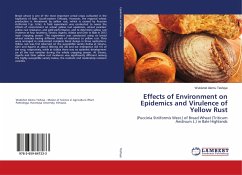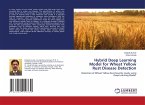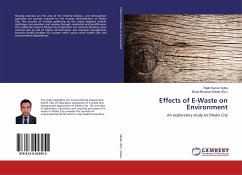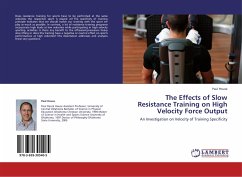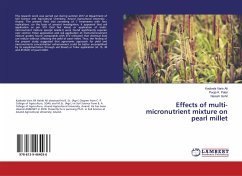Bread wheat is one of the most important cereal crops cultivated in the highlands of Bale, South-eastern Ethiopia. However, the regional wheat production is threatened by yellow rust, which is caused by Puccinia striiformis f.sp. tritici. A field experiment was conducted to assess the effects of environment on wheat yellow rust epidemics, wheat varieties' yellow rust resistance, and yield performance, and to determine yellow rust virulence at four locations, Sinana, Agarfa, Adaba and Ginir in Bale in 2012 main cropping season. The experiment was conducted using six bread wheat varieties having different levels of resistance to yellow rust. Plots were arranged in randomized complete block design in three replications. Yellow rust was first observed on the susceptible variety Kubsa at Sinana, Ginir and Agarfa at about tillering (GS 26) and ear emergence (GS 51) of the crop, respectively, while at Adaba there was no epidemic development on all the test varieties during the whole cropping season. At Sinana, Agarfa and Ginir yellow rust incidence was significantly different among the highly susceptible variety Kubsa, the resistant and moderately resistant varieties.

